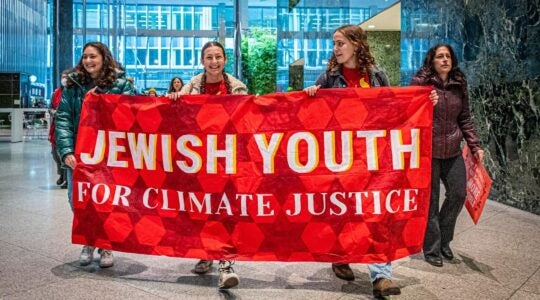Paul Golin criticizes as failures those who have railed against intermarriage for the past two generations as hopelessly out of touch, citing the recent Pew Research Center report on American Jewry (“In-Marriage Advocates Are Living In The Past,” Jan. 31). Golin is deluding himself. Ninety-six percent of the children of endogamous couples are being raised as religiously Jewish. Of the children of intermarried couples, 25 percent are being raised as religiously Jewish, 20 percent as partly religiously Jewish, and 16 percent as non-religiously Jewish.
Golin spins these statistics into a 61 percent success rate, ignoring the plain meaning, which is that endogamous couples are nearly four times as likely to raise a religiously Jewish child as intermarried couples are. The report’s authors interpret these results as “vast differences” between the child-rearing approaches of endogamous and non-endogamous Jews. The population of Orthodox Jews, the Jews most likely to practice endogamy (98 percent of Orthodox Jews in-marry), is, not surprisingly, growing at a much faster rate than any other Jewish religious subgroup.
While outreach is important, and our community has much to gain by welcoming intermarried couples, as many synagogues now do, we should not delude ourselves by setting rock-bottom standards for what constitutes successful Jewish child-rearing or by ignoring the obvious, which is that Jews who marry one another are far more likely to raise knowledgeable and involved Jews who will do the same.
American philo-Semitism is worth little if we jettison our identities.
The writer is a New York board member of ACCESS, the American Jewish Committee’s New Generation program.
The New York Jewish Week brings you the stories behind the headlines, keeping you connected to Jewish life in New York. Help sustain the reporting you trust by donating today.




